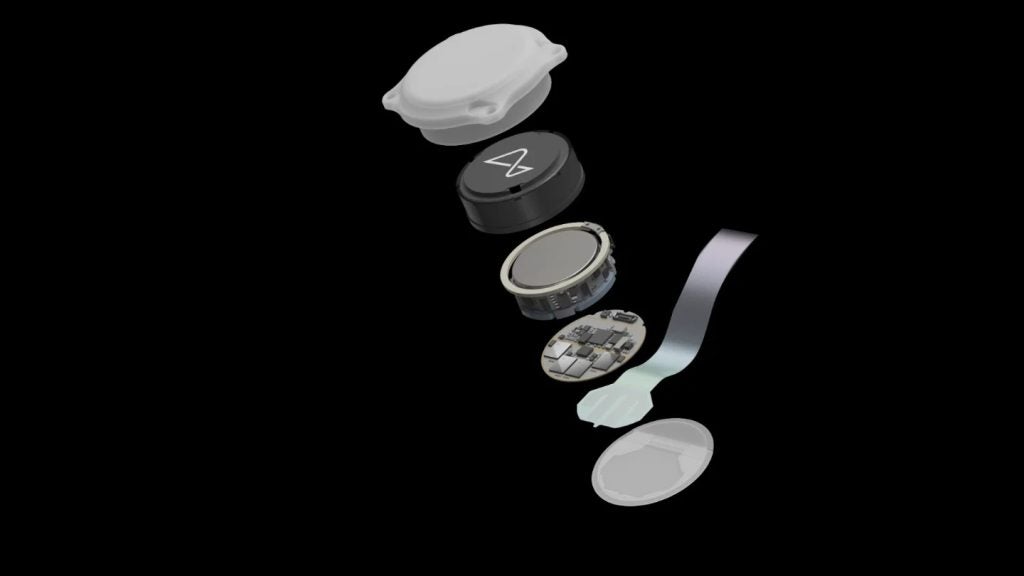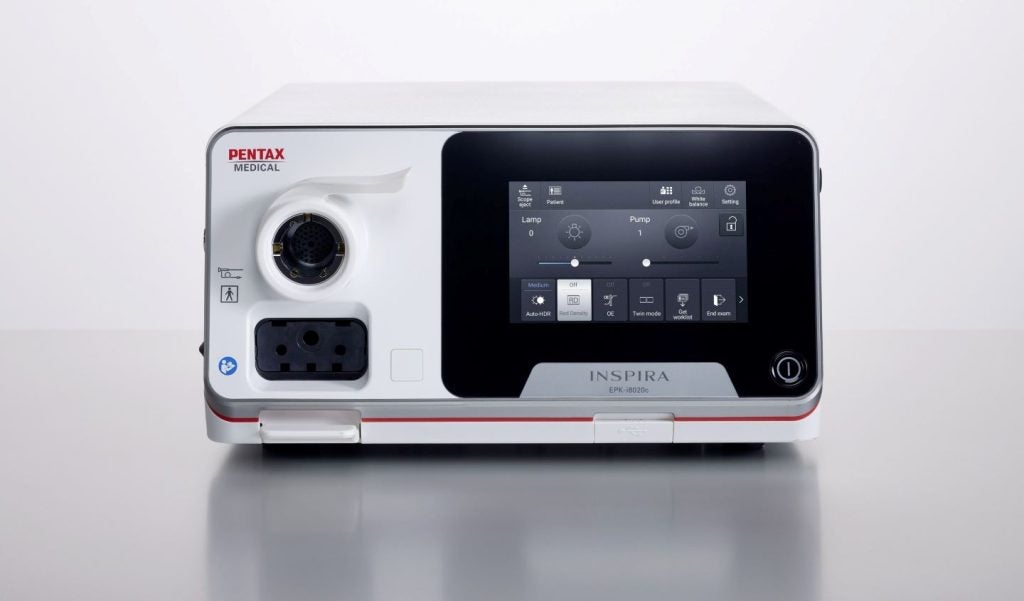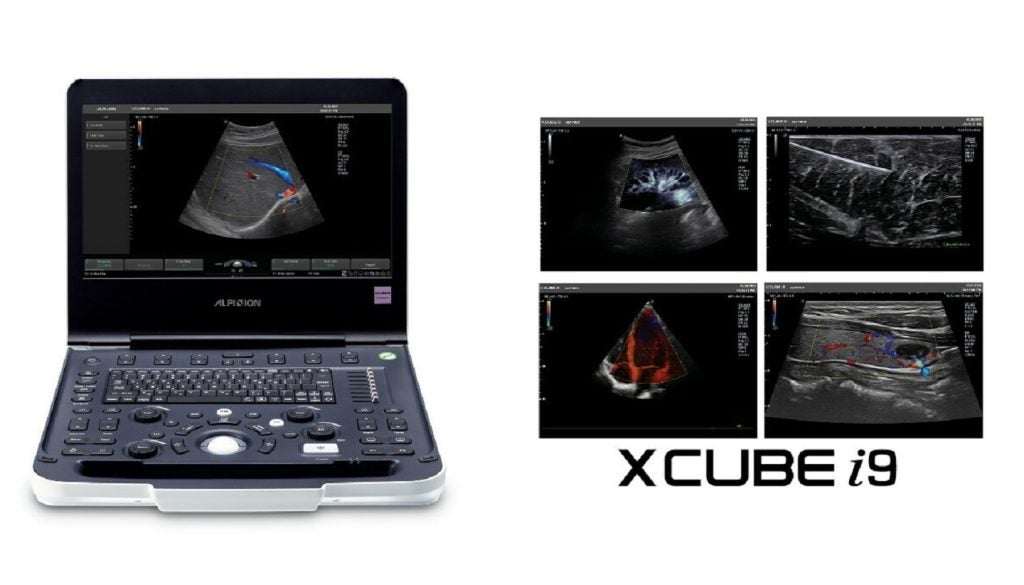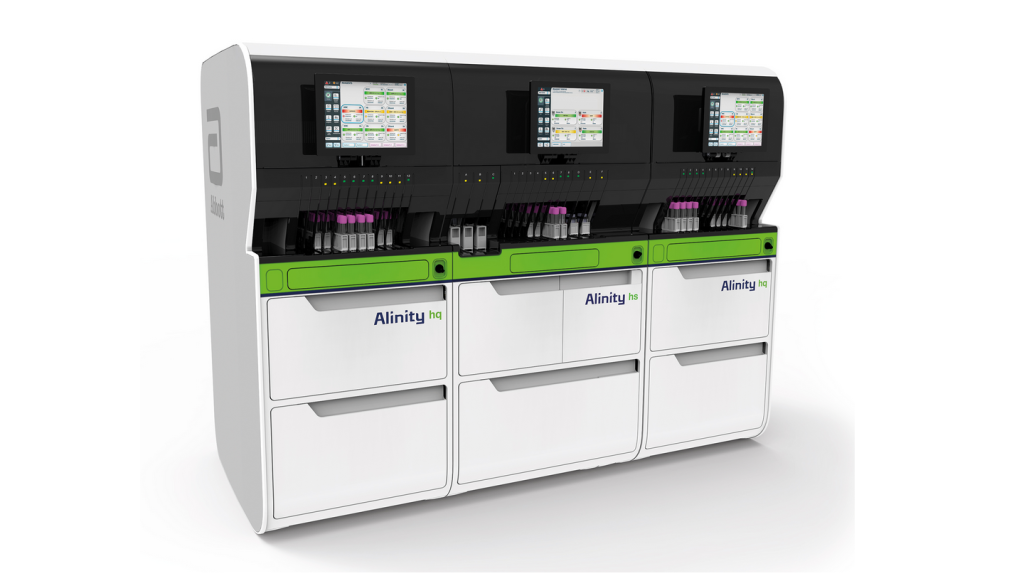Researchers at the Tokyo University of Science have found that faces can provide a window into heart rate measurement.
The technology behind using a camera to record blood-induced colour changes on the face could be used in future remote health monitoring.
Heart rate estimation using blood volume pulse – which measures the volume of blood passing through a sensor via infrared light – is not new. There have been advances in using cameras to capture slight temporal changes in facial skin colour, but there have been limitations pertaining to noise, fluctuations in ambient lighting, and facial movements.
Now, a team led by Dr Yoshihiro Maeda, junior associate professor at the Department of Electrical Engineering at the Tokyo University of Science, has published research proposing a new method to accurately extract heart rate information using known characteristics about pulse behaviour.
Specifically, the team input the pulse’s natural ability to exhibit quasi-periodic behaviour. Effectively, the team accounted for a pulse’s tendency to have irregular intervals, which distinguishes it from noise. A camera captures a video of a patient’s face, monitors continuous changes, and converts the data into colour time-series signals. The software can then extract information about blood volume changes that are going on under the skin and display it as pulse waves.
Kosuke Kurihara, a Ph.D student on the team, said that the proposed method is different to previous research, in that it accounts for the nonlinearity and unpredictability of blood volume pulse dynamics.
The team tested the technology on 67 videos from public datasets and demonstrated a 36.5% improvement in estimation accuracy over conventional non-contact heart rate methods.
Moreover, the technology means that there is no need for attaching detectors to the patient which is needed in existing blood volume pulse measuring.
Dr. Maeda said: “This achievement is expected to play a significant role as a fundamental technology for vital monitoring systems in the medical and fitness fields. The breakthrough contactless method holds great potential for non-contact heart rate estimation in various applications, such as remote health monitoring and physiological assessments.”
“The research findings provide new possibilities for enhancing healthcare technologies and improving overall patient comfort and well-being. Going ahead, further research will be needed to explore techniques that incorporate multispectral information, which can contribute to reducing noise and improving the accuracy of the method.”
















